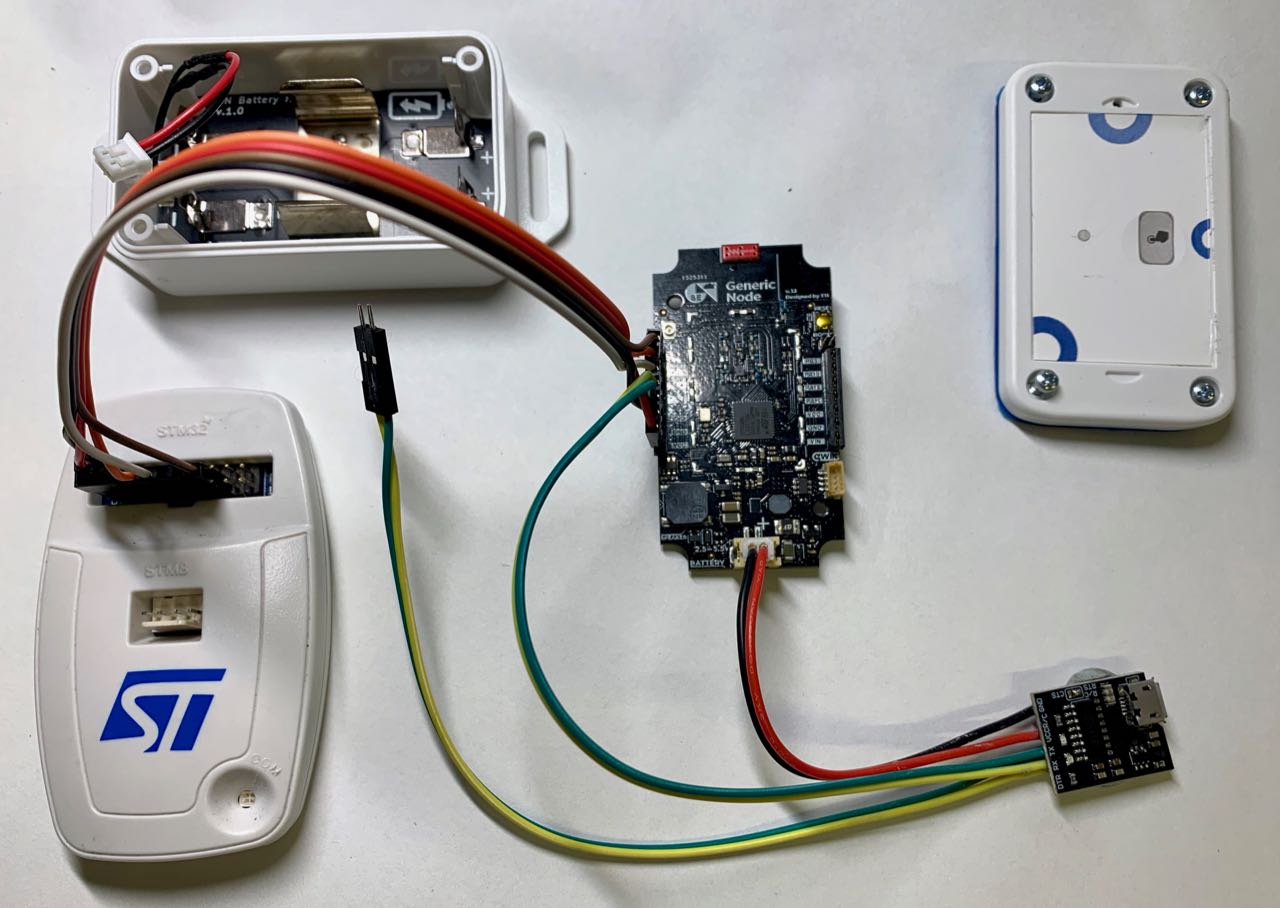Made a programmer/debugger/serial/power cable loom for my Generic Node Sensor Edition:

The double lead from the USB-Serial adapter allows for monitoring the serial feed without having to plug in / power the ST-Link.
Made a programmer/debugger/serial/power cable loom for my Generic Node Sensor Edition:

The double lead from the USB-Serial adapter allows for monitoring the serial feed without having to plug in / power the ST-Link.